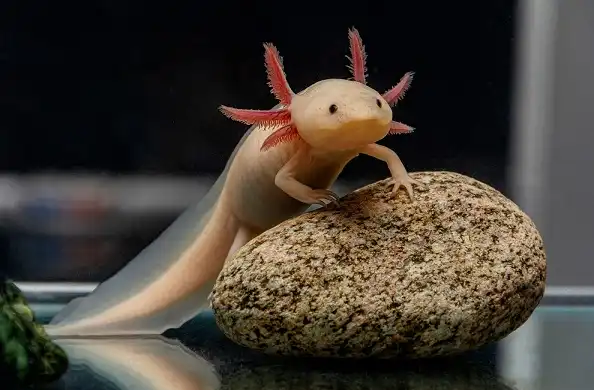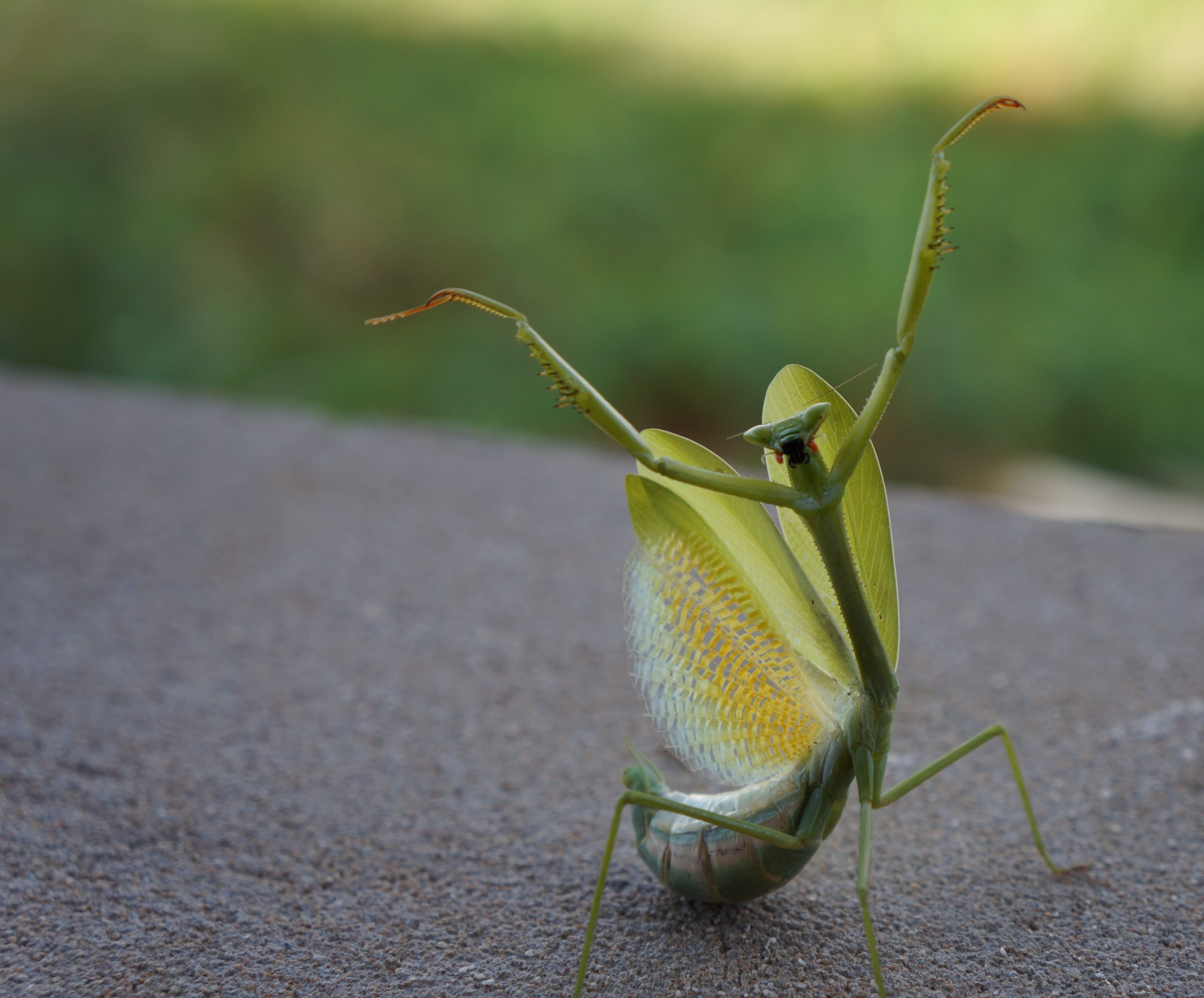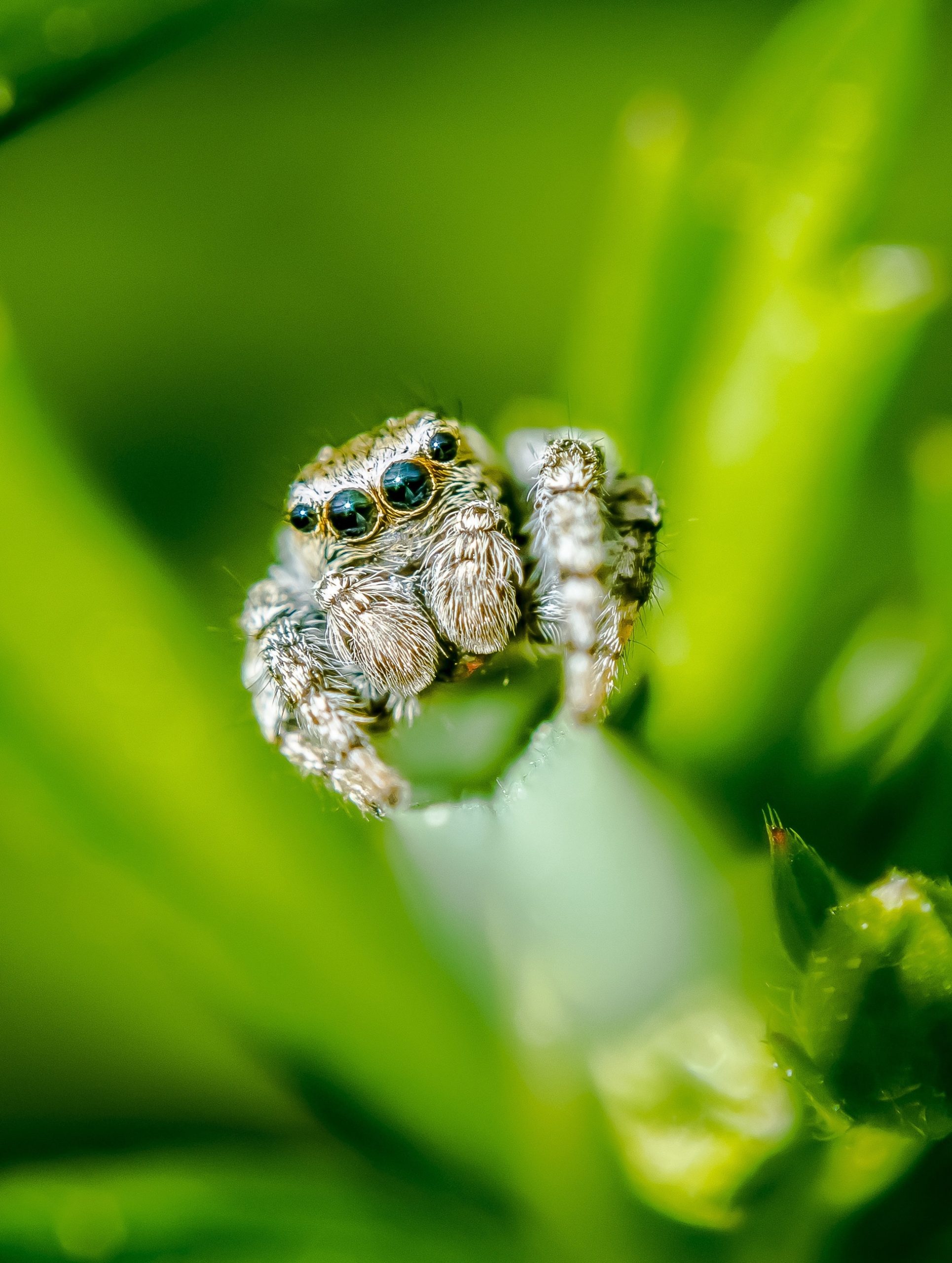The Human Botfly: An Encounter with Freek Vonk and Kwak
Discover the mysterious world of the Human Botfly, a fascinating parasite that lurks in the depths of the Central and South American forests. Known as the human botfly (Dermatobia hominis), this amazing fly has intrigued biologists and adventurers around the world.
In this blog we tell you more about the Human Botfly and the unforgettable encounter between the famous biologist and television presenter Freek Vonk and the 3 botflies he affectionately called “Kwik, Dewey and Kwak”.
What is a Human Botfly?
The Human Botfly is a parasitic fly found in Central and South America. An adult Botfly is very rare and rarely seen.
Unlike many other insects, the botfly does not lay its eggs directly on a host, but uses a vector – a mosquito or other blood-sucking insect species.
This vector comes into contact with human skin and the eggs are transferred. When a human's body heat hatches the eggs, the larvae crawl out of the eggs and bore themselves into the skin to develop there.
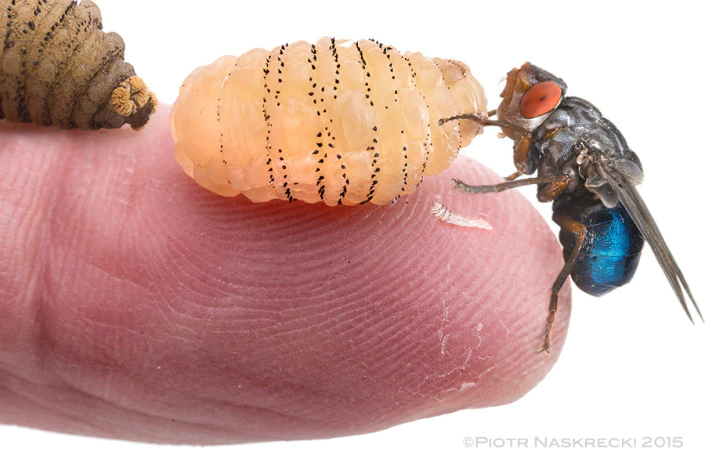
What is the Life Cycle of the Human Botfly
The life cycle of the human botfly (Dermatobia hominis) is fascinating. The larval stage in the skin tissue can last between 27 and 128 days before the mature larva drops to the ground. Where it pupates for 27 to 78 days before becoming an adult botfly. The adult form of the human botfly is rarely seen and varies in length between 1 and 3 cm. Here is an overview of the main stages in the life cycle of this parasite:
To deposit egg: The adult female botfly lays her eggs on a host's skin. Unlike many other flies, she does not lay eggs directly on the host's body. But does she use a vector, such as a mosquito or some other blood-sucking insect species, to deposit the eggs on the host's skin?
Larval Development: When the host's body heat warms the eggs, the larvae hatch. These larvae then crawl in through the hair follicles or mosquito bites and bore themselves into the skin of the host. The larvae feed on host tissue fluids and blood as they grow.
Subdermal phase: The larvae live under the host's skin for a period of time, where they are protected from external threats. They create a breathing opening, called respiratory spiracula, through which they can breathe.
Puppy: When the larvae are fully developed, they leave the host's body and fall to the ground. There they burrow into the earth and begin the pupation period, in which they transform into adult flies.
Adult Stage: After the pupation period, an adult botfly emerges from the cocoon. The adult botfly is a fly between 1 – 3 cm in size with a distinctive external appearance, such as distinctive stripes on the body.
Reproduction: The adult botfly lives only a few days and its main task is to reproduce. They search for a suitable host on which to lay their eggs, starting the human botfly life cycle again.
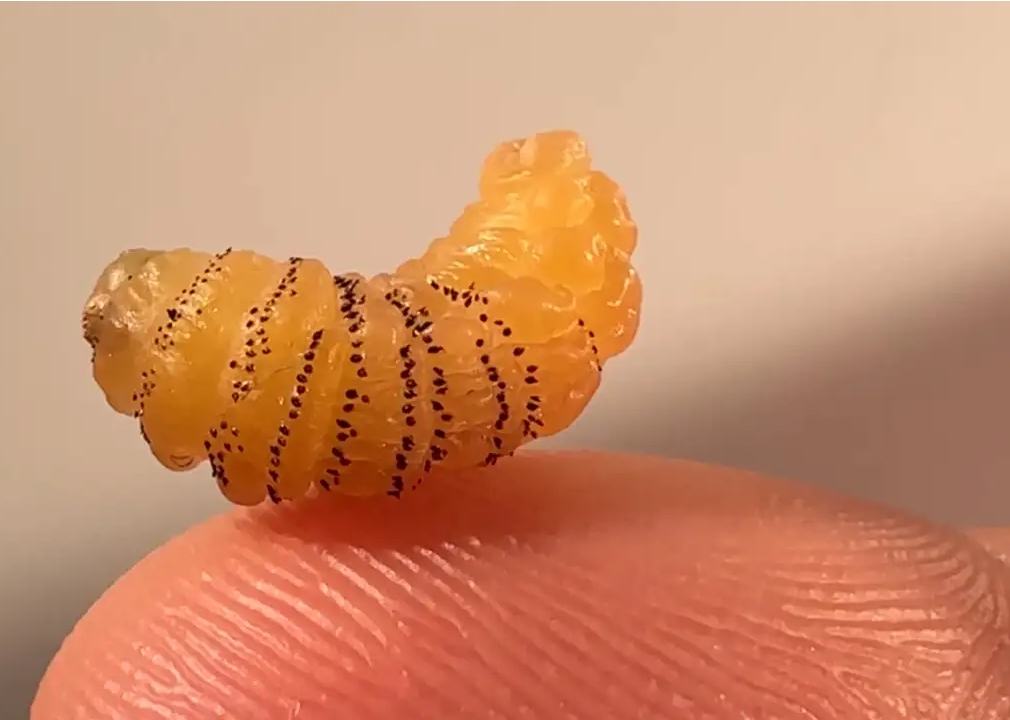
How Long Does the Human Botfly Live?
The lifespan of the human botfly (Dermatobia hominis) as an adult insect is relatively short. In general, adult bot flies live only a few days
The short lifespan of adult botflies is common among many flies and mosquitoes. Their adult phase mainly revolves around reproduction and dispersal of their offspring.
Freek Vonk's Special Encounter with the Human Botfly
Freek Vonk, the passionate Dutch biologist and intrepid television presenter, is always looking for new adventures in the lush wilderness of our planet. For recordings of his beloved program “Freeks wild world” he traverses the whole world in search of unique animal species and undiscovered pearls of nature. However, one of his trips to enchanting Costa Rica brought home more than just spectacular images.
While returning from his expedition in May, Freek was surprised to discover that he was carrying an unexpected 'souvenir'.
Three botfly larvae, from his Central American encounter, had quietly lodged in his leg.
Instead of panicking, Freek decided to let nature take its course. And patiently waiting for the larvae to come out of his body naturally.
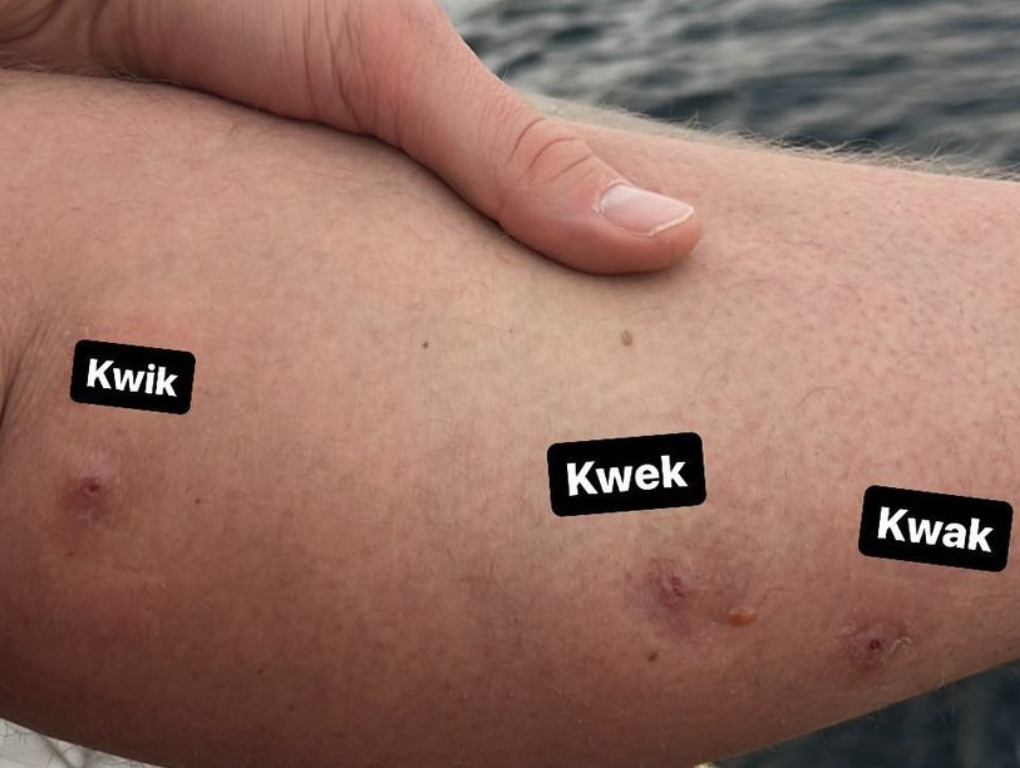
With an infectious combination of fascination and admiration Freek even gave each of the parasites a name: Kwik, Dewey and Louie. True companions on his journey through nature, these larvae inadvertently became his unforgettable travel memory.
As a true adventurer, Freek regularly shared updates on his Instagram account about the special experience. For him, it was not just an opportunity to keep his curious followers informed. But also to show the wonderful beauty of nature, even if it unexpectedly manifested itself in his own body.

The journey of Dewey, Dewey and Louie
After months of curiosity and unexpected closeness to the human botfly larvae, it's finally time for an update on Kwik, Dewey, and Louie. The three larvae that unintentionally stayed in Freek Vonk's leg for a while. The adventurous biologist and television host shared his remarkable experience with the human botfly. Who came from Costa Rica, and his unusual "souvenir" with his numerous followers.
Unfortunately, of the three larvae that found their way to his leg, two of them, Huey and Dewey, did not survive the encounter. Although it is sad to see their loss, it brought Freek Vonk the realization that the lives of wild animals are often fragile and fleeting. It made him even more aware of the importance of nature conservation. And sharing his experiences to inspire others to preserve these beautiful creatures and their ecosystems.
Although it would be a frightening experience for many, Freek was incredibly excited to come face to face with this extraordinary parasite. He explained how he viewed his own body as a natural habitat for Kwak. And he admired the larva's perfect adaptations to its environment.


